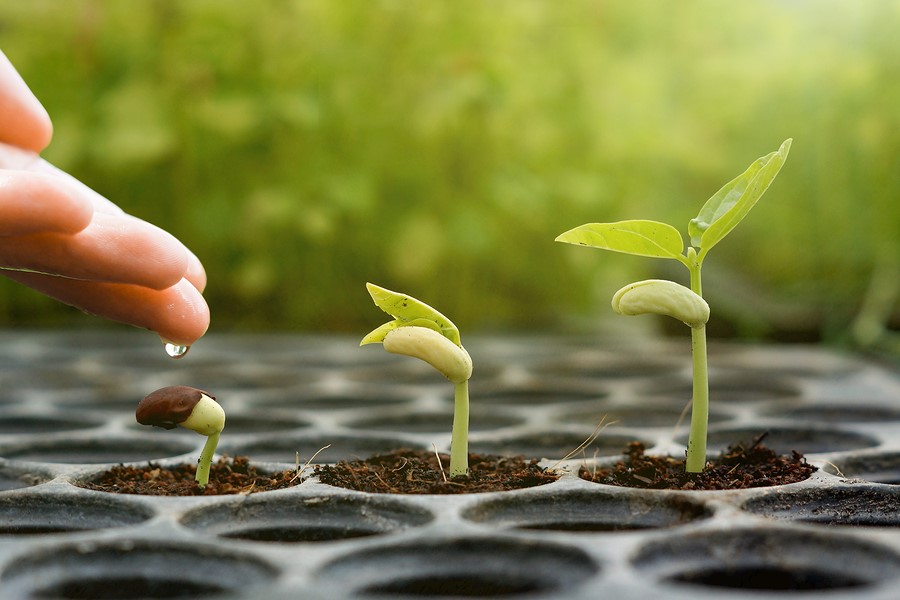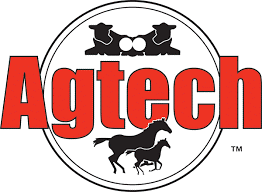AgTech Advancements Use Mobile Broadband to Grow Crops

Despite the pastoral vision of farmers many city people hold, agriculture has always been a dynamic, innovative industry. AgTech advancements in mobile broadband are taking farming to a new level.

Luddites work with age-old agricultural techniques – like, for example, altering the genome of a crop gradually by taking seeds from only the best specimens for replanting – that constantly push the field of agriculture forward.
While many see AgTech – electronic, often internet-connected technology aimed at increasing the productivity of farming – as a “disruption” (and there is certainly room for a discussion about the ethical implications of new technology on farming), it’s actually the next logical step in a long history of agricultural advancements [1].

That’s not to say, of course, that AgTech hasn’t taken innovation to a new level. Interest in agriculture from tech companies and venture capitalists is high. Last year, for example, AgTech innovators raised $4.6 billion in funds for a wide range of projects, many involving internet connected technology [2]. High profile investors, including Google Ventures, the Bill & Melinda Gates Foundation, and Kleiner Perkins Caufield & Byers, see a profitable future in agricultural technology.
In May of this year, the Third Annual Silicon Valley AgTech Conference (goo.gl/tbpqRq) brought together twenty AgTech startups, all working on the cutting edge of agricultural technology and all competing for the same funding. The ideas – which ranged from surface imaging technology that builds underground maps for farmers to new solar powered greenhouses that draw energy from above are new, but the industry is at least five years old and counting.

Much of AgTech, from the funding to the product development, is top-down (i.e. paid for by high-rolling venture capitalists and built by engineers who may or may not have farming experience). This has led some to voice concern over the practicality of AgTech inventions. In a July Fortune piece, Jennifer Alsever writes:
“Small farmers seem flummoxed by many of the new products and services, which are often tied to complicated contracts; don’t work with existing equipment, software, or growing practices; and promise solutions to problems that growers don’t necessarily have” [3].

Instead of predicting doom, Alsever’s piece, hyperbolically titled “Is There an AgTech Bubble?”, ends on a high note. After a series of failed product tests, many early AgTech innovators are returning to the drawing board with a more realistic idea about the challenges of implementing connected technology in rugged, isolated places.
As of now, a lot of AgTech is still on the drawing board in Silicon Valley and other places. Farmers can, however, already purchase reliable soil, gas, weather, and fuel sensors. These sensors transmit data over 3G or 4G LTE mobile broadband networks to software programs that collect massive amounts of data on fertilizing, spraying, irrigation, and yield.
Soil sensors, like the Sentek EnviroScan probe, continuously transmit information about soil moisture and salinity. Farmers can use this information to determine the behavior of other water movement systems and to schedule irrigation. The Setek EnviroScan system analyzes multiple depths of soil, up to 130 feet deep [4]. Other soil sensors measure soil chemistry, so that farmers can determine the ideal make up and schedule for fertilizer.
Smart sensors are particularly evolved in the controlled growing environments of the hydroponic and greenhouse industries. The manufacturer Sensaphone, among others, markets comprehensive detection systems that monitor for temperature, humidity, power failure, and water leaks. Their systems vary in scale from the Sensaphone 1800, for small greenhouses, to the Sensaphone Sentinel, for up to twelve greenhouses [5].





